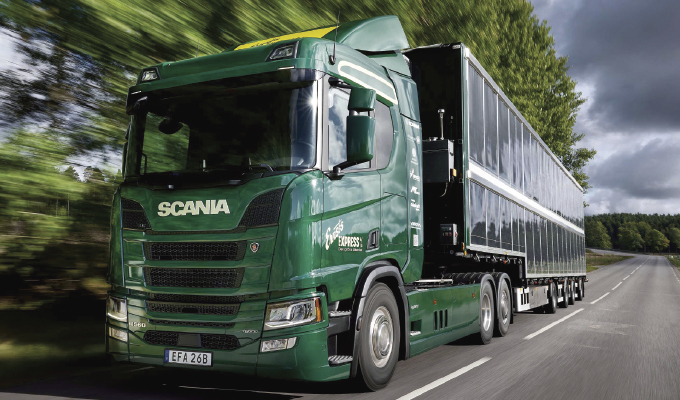Welcome to News from Abroad, a new column that will feature research and experiments, technology and innovations, and ideas and strategies from across the globe that could one day affect the work truck industry in the US.
TOKYO, JAPAN
Lithium-ion batteries are the powerhouse of modern-day electronics, and fuel cells are a promising candidate for sustainable energy devices. An important factor that affects the performance of both is the distribution of carbon slurries, or carbon particles that are suspended in electrolyte solution.
While the carbon particles can be easily used to mass-produce electrodes, they must be consistently dispersed to ensure reliable battery performance. However, it’s extremely difficult to evaluate the dispersibility and there aren’t any satisfactory methods to evaluate whether the carbon particles are uniformly dispersed in the slurry during the manufacturing process. Until now.
Led by Isao Shitanda, an associate professor at Tokyo University of Science, a research team developed a technique to estimate the distribution of carbon slurries, which has been published online in ACS Applied Electronic Materials in August 2023. Through experiments and observations, the researchers proved it possible to evaluate the carbon slurries. Dr. Shitanda comments, “The insights from this study could prove useful to improve the efficiency of large-scale electrode manufacturing processes.”
Preparing slurries with higher dispersibility could lead to improved lithium-ion battery performance, a significant contribution toward building a sustainable society. The team will continue to conduct further studies in hopes of paving the way for more technologies for next-generation EVs and energy storage devices.
For more, visit www.pubs.acs.org or www.tus.ac.jp/en/mediarelations.
SÖDERTÄLJE, SWEDEN
A hybrid Scania truck with a solar panel-covered trailer is being tested on public roads as a result of a two-year research collaboration. The idea behind it is: if the solar-powered truck can operate in Sweden, where there’s significantly less sunlight than southern Europe, it will become a game-changer.
The truck is being used in a research project to examine the generated solar energy powertrain and how much carbon emissions decrease. The truck’s 59 ft trailer is almost completely covered in solar panels and new, light-weight solar cells that enable a higher efficiency transformation of sunlight to electricity. The solar energy gives the hybrid truck a prolonged driving range of up to 3,106 miles annually in Sweden. In countries like Spain that have more sun hours, the truck can double the amount of solar energy and increase the driving range.
One part of the project was to evaluate the charging’s impact on the grid and whether it would be possible to sell the surplus. The possibility of two-way charging isn’t entirely straightforward and the legislation is unclear.
Eric Falkgrim, project manager of the development, says, “This could have repercussions for the energy industry. If you scale up the solution, you could have thousands of vehicles connected to the grid, so this could have implications for buying and selling electricity to and from the grid. I think there’s a natural development in the industry where energy provision and the transport industry are growing
together. There’s a real symbiosis with electrical vehicles. You can produce your own electricity and you can drive on your own electricity, which is a completely new situation.” For more, visit news.cision.com/scania.




